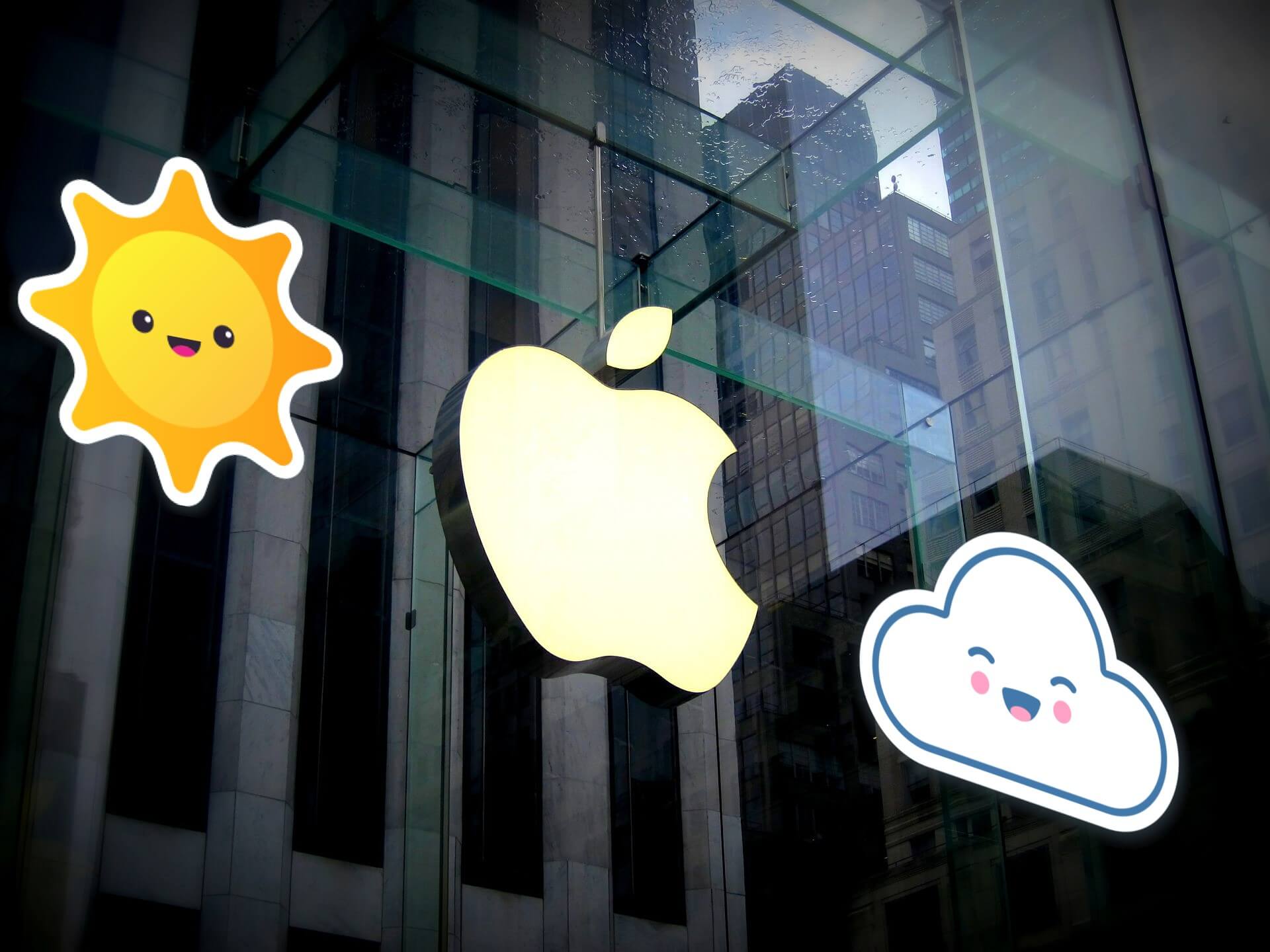Zara, which is a
Fast Fashion brand like Forever 21, boasts that it takes only 10 to
15 days for an initial product design to reach their retail stores
through international manufacture and logistics. In this fast-paced
environment where a product can be copied within a few days and mass
produced, a superb product design and packaging warrants only half
the success.
Turning a
customer satisfaction from a superb quality and brand into a
repurchase requires marking of the product with a unique and legally
protected name. Such name is called a trademark, and it includes not
only brand names and product names but also logo images, patterns,
phrases, colors, and so on.
Then, how you
decide what to use as a trademark? In this article, brand and product
names are discussed.
1. Try to Stand Out from Competition
If your beauty supply store is named “ULTA”
or “SEPHORA”, you are clearly in trouble. Likewise, you
should avoid choosing a name that creates a confusion among consumers
even if it is newly minted by you. “Rihanna’s Beauty” is
a good example of such confusing tenor.
To prevent this
kind of trouble, you must conduct a market research beforehand. By
far the most effective and economical way is using internet search
engines. You can use Google, Naver, and so on to scheme through names
and marks that are used in your relevant market.
Avoid names that
are similar to existing ones, and you should not use an identical one
to other’s trademark at no circumstance.
2. Avoid Generic Names
Those words and
phrases commonly used in your field of expertise lack the potential
to be a good trademark.
Words such as
“3X”, “16-inch”, “Braid”, “Ghana”,
and “Pageboy” are general terminologies referring a number
of goods in a single package, hair length, product type, hairdo, and
so on. These general terminologies must be preserved for a free use
among all commercial actors, and the trademark law accordingly limits
trademark rights in such cases. Hence, you should not use generic
terms unless it is necessary.
Oftentimes, using
a general term is easy to memorize and facilitates a quick
understanding of the characteristics of goods, but there are
different ways to achieve the same.
For example, iPad, a tablet computer from
Apple, Inc., uses the word “pad” to depict a “tablet
computer”. Despite being a common word referring to a book of
thin sheets, a “pad” was not associated with a tablet
computer at the time.
This is how you
should go when you are considering a common word for your trademark:
distancing from its original meaning or using an untraditional
spelling.
A billionaire Tesla CEO Elon Musk
established a construction company specialized in tunneling, the
Boring Company, in which boring means digging a tunnel. At the same
time, it could also mean a company that are not interesting, poking
some fun.
3. Unique Wording that Describes Your Product
When it comes to
a Samsung smartphone Galaxy Note, the word “note” denotes
that this particular type of smartphone has a bigger screen and
includes a stylus pen. Again, “note” was a terminology that
mobile computer industry did not find a common use, so this could be
a good choice.
To explain
further, let’s use an imaginary wig product, 100% Hand-tied Human
Hair Pageboy Lace Wig as an example.
- First of
all, there are obvious characteristics of goods that a trademark
needs not contain, such as the product type wig.
- While 100%
Hand-tied and Lace are important features of the product, the
wording is a poor choice for a trademark. You can have a much
stronger trademark by devising unique phrases such as Artisan’s
Lacework, Tied-on-Lace, On-lace-handywork, and so on.
- A fanciful
name can be used instead of human hair. Keratin, a type of protein
found in hair, is already familiar with consumers, and words like
natural and organic can set a positive tone for your product.
- Pageboy is a
style that could be more efficiently and accurately illustrated by a
drawing or photo. However, you may develop variety of unique
wordings that sets your brand apart from the pack, such as Pagegirl
instead of Pageboy and Peige instead of Page. Note, Peige may signal
a specific color Beige.
While product
names can tell what kind of product a good is, they should serve as a
source identifier. In other words, consumers should be able to learn
from which manufacturer, distributor, or seller a certain good is
originated.
Ideally, a good
trademark should tell a consumer that the product in her
consideration is this “Artisan’s Lacework – Peige” among
many other Pageboy style 100% human hair hand-tied lace wigs.
4. Tips
- Be creative
when naming a product. “Kodak” is a word created by its
founder to serve as a trademark. Unique and easy to memorize.
- A common
word has a potential to be a great trademark. Office electronics
company “Brother” transformed a common word into a great
and distinctive trademark.
- You may
consider a terminology uncommon in the technical field or a spelling
variation. Lyft, a Uber service competitor, uses a misspelled common
word “lift” which means giving a ride.
Words or phrases including ARTISAN’S LACEWORK, TIED-ON-LACE, ON-LACE-HANDYWORK, KERATIN, NATURAL, ORGANIC, PAGEGIRL, and PEIGE, appearing in this article, were created to explain relevant legal concepts and may be inappropriate for use as a trademark. All content and information in this article does not constitute a legal counsel or advice at any circumstance.



